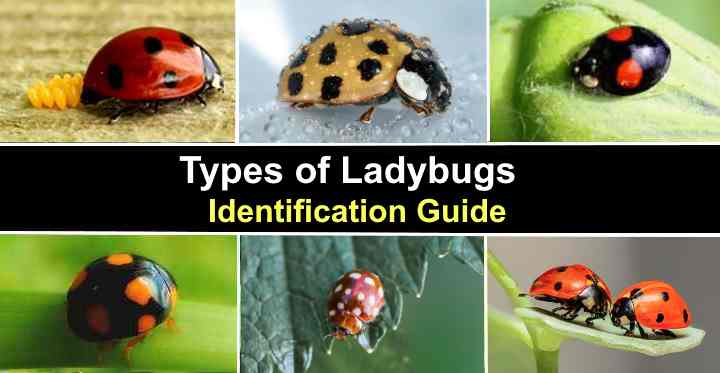Category Archives: Animals
Types of Beetles With Pictures and Identification Guide (Green, Black, and More)
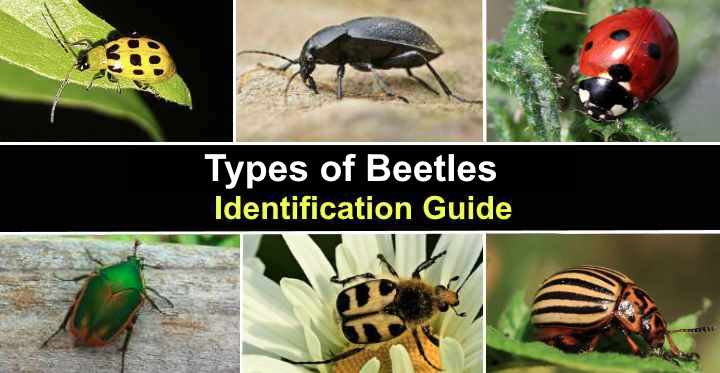
Beetles are some of the most fascinating types of insects that you will come across. Many types of beetles are harmless and can be beneficial for gardens or backyards. However, there are also some beetle species that can destroy plants or vegetation. Identifying beetles by their color, body shape, and other features can help to know which type of beetle you have.
Types of Ground Bees (With Pictures) – Identification and Control

Ground bees or ground nesting bees are solitary bees that make nests in the ground. Ground bees tunnel into dry soil to create underground nests about 6” (15 cm) long where they raise their young. Despite these solitary bees being beneficial to the ecosystem and biodiversity, many gardeners view ground bees as pests. Ground nesting bees can create dirt piles in lawns, spoiling the look of lush turfgrass. Also, many people may be concerned that ground bees can sting.
The Best Flowers For a Bee-Friendly Garden

Flowers in a bee garden attract important pollinators to your yard. Not only do bee-friendly flowers add color and beauty to your outdoor space, but they also play a crucial role in local ecosystems. By knowing the right bee-friendly flowers to grow, you can support populations of black and yellow honeybees, bumblebees, carpenter bees, and many other insect species in the suborder Apocrita.
Types of Spiders in California (With Pictures) — Identification Guide
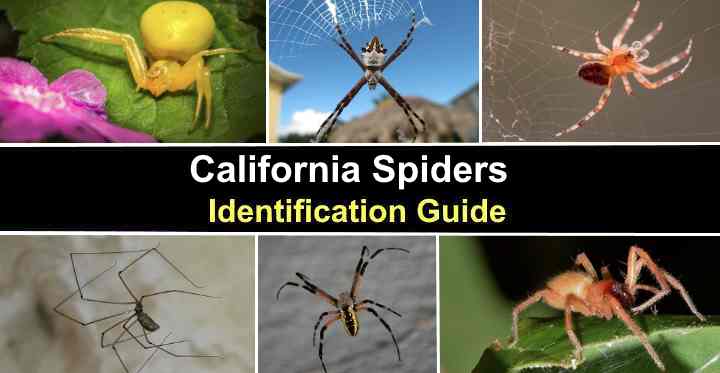
Spiders are a common sight in California. And the Bear Flag State is home to a wide range of arachnids, most of which are harmless, but some are venomous and can inflict a nasty bite. Common species of spiders in California you might spot outdoors are tarantulas, wolf spiders, yellow and black garden spiders, and jumping spiders. Indoor California spiders include the black widow, brown widow, and American house spider.
Types of Arizona Spiders (With Pictures) – Identification Guide
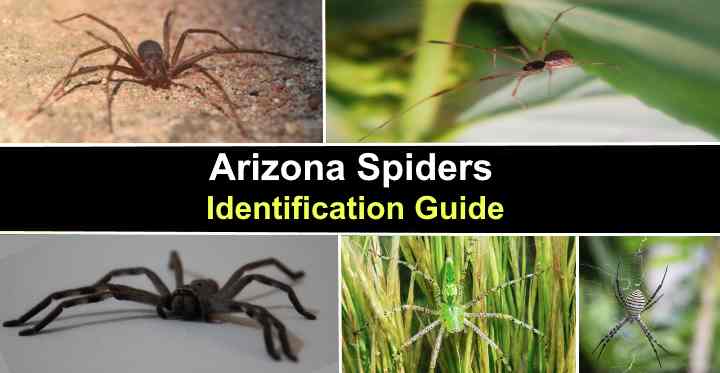
Arizona is home to a large number of spider species. From common brown house spiders to venomous black widows and intimidating wolf spiders, the Grand Canyon state has many different kinds of arachnids. Arizona spiders include the native Arizona brown spider, Arizona recluse, cellar spiders, and tarantulas. While all spiders can bite, two dangerous Arizona spider species are the brown recluse and the black widow.
Types of Ladybugs with Pictures (Including Asian Lady Beetle) – Identification Guide
Brown Ladybugs (With Pictures) – Identification Guide
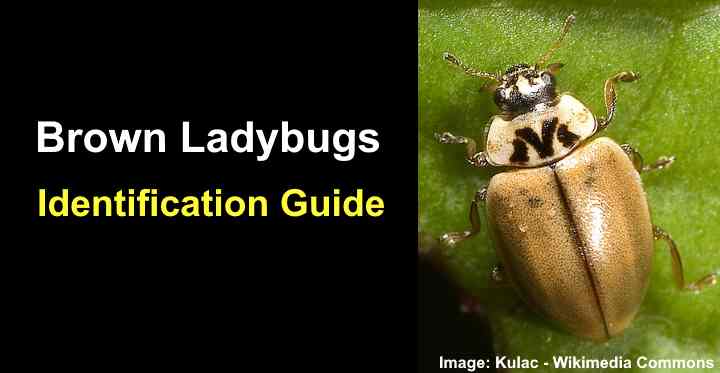
Brown ladybugs can be hard to spot because they tend to blend in with their surroundings. Ladybugs with brown wing cases camouflage well on plants, shrubs, and trees. Their tan, dark brown, chestnut, or mahogany colors make them difficult to spot on twigs and branches. Additionally, the creamy-colored markings on some brown ladybugs only add to their camouflage abilities.
Black Ladybugs With Red Spots (With Pictures) – Identification Guide
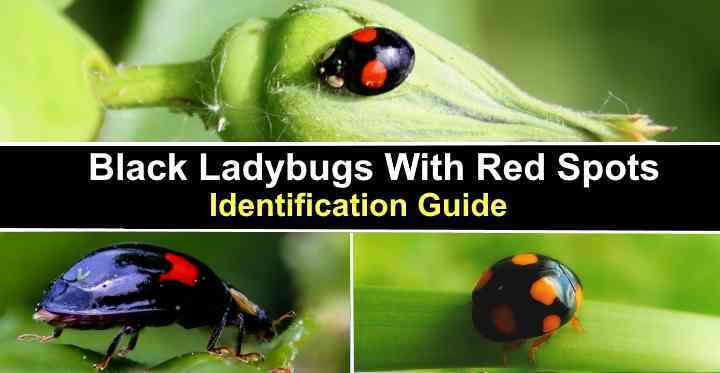
Black ladybugs with red spots are relatively common. Of course, red-spotted black ladybugs are not as common as red ladybugs. But you can find black ladybugs on shrubs, flowers, and other plants in your yard if you look hard enough. Common types of black ladybugs with red spots include the twice-stabbed ladybug, harlequin ladybug, and pine ladybug.
Ladybug Life Cycle: Eggs, Larvae, Pupae, Adult (With Pictures) – Identification Guide
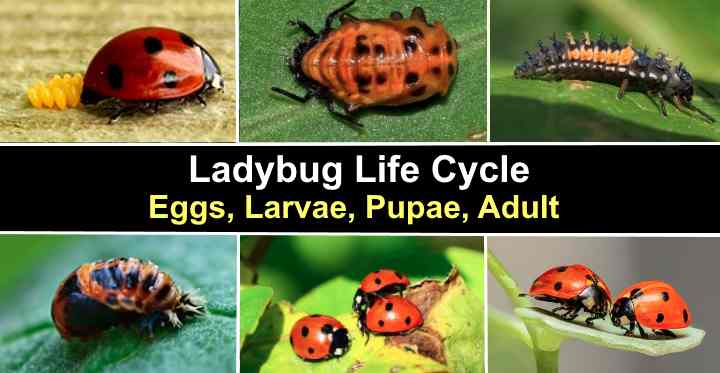
A ladybug has four stages of its life cycle—the egg stage, larval stage, pupal stage, and adult stage. Like the life cycle of most insects, ladybugs look entirely different in each cycle. From a tiny egg less than 0.04” (1 mm) in size to a small flying beetle with spotted wing covers, an adult ladybug can live for up to 12 months.
Weevils in Rice (Rice Bugs): Causes and Treatments
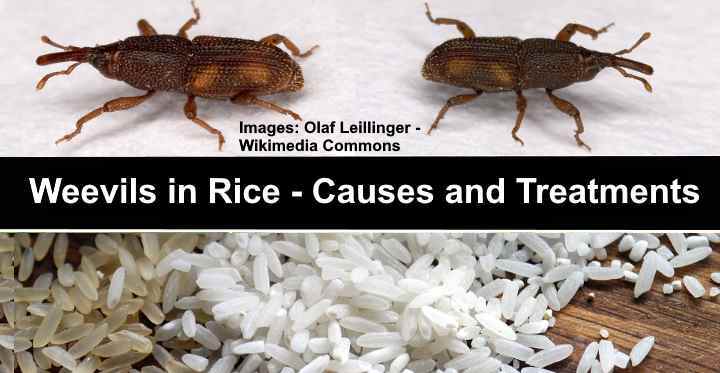
Finding weevils in a bag of rice can be an unsettling experience. The tiny reddish-brown beetles can infest rice, stored grains, pasta, cake mixes, and other cereal products. What’s worse, the small bugs can lay hundreds of microscopic eggs in grain kernels that hatch into larvae and then become adult weevils. Because of their minuscule size, rice weevils are difficult to spot in grain products.

